Back in 2017, Horizon Zero Dawn was one of the games that proved gaming was entering a new era in visual fidelity. I got to try the game on a PS4 in a gaming cafe back then, and it certainly left me in awe. Years later, I played the game completely with my 1050 Ti and regretted not being able to experience the horizon-verse visuals to the fullest. Even though I was initially skeptical about the remastered edition, I couldn’t control my itch to get drenched again in the game’s world.
Therefore, I was excitedly awaiting the newly remastered game’s release. Thanks to a copy provided by Sony, I was able to hop in and experience it all over again. I’ve once again completed Aloy’s adventures in a post-apocalyptic world dominated by terrifying machines, and here is my review of the remastered version of Horizon Zero Dawn by Studio Nixxes and Guerrilla Games.
Aloy’s First Quest to Save the World
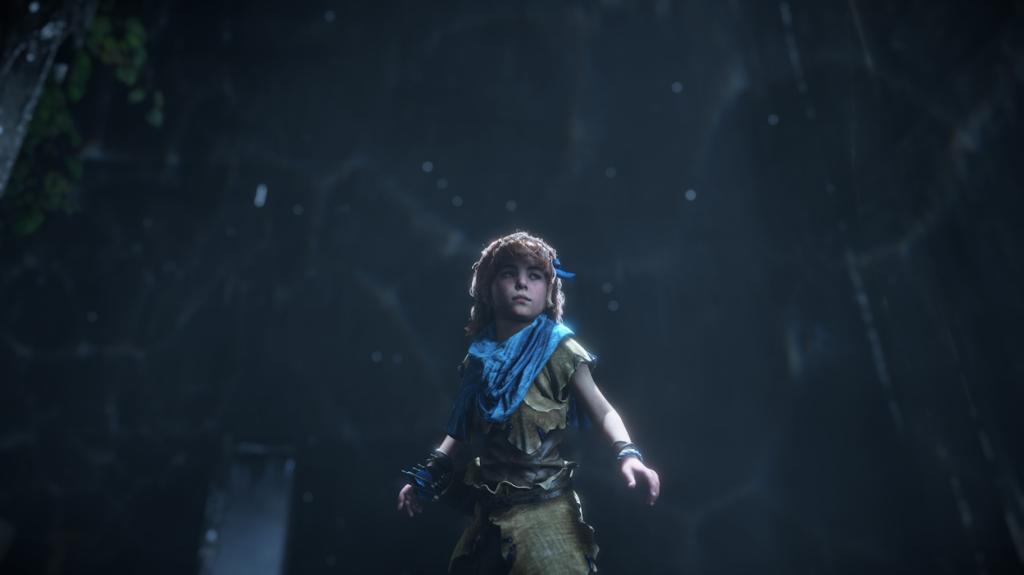
After being announced at E3 in 2015, Horizon Zero Dawn, the first installment in the Horizon franchise was released in 2017. It’s been seven years and most of the gamers are well aware of Aloy’s tales. In case you are a newcomer or a veteran looking for a recap: HZD is a sci-fi adventure set in the lands of a post-apocalyptic United States.
Players will start their journey as Aloy who is in the pursuit of knowledge about her origins and the world she lives in. Thus, to seek the answers to these mysteries, you have to navigate the treacherous lands of America infested with animal-like machines. The story remains completely intact in the remastered edition but it is packed with a lot of visual and accessibility upgrades. With that said, we won’t go into detail about the lore and instead jump right into the visual upgrades.
Horizon Zero Dawn: Remastered in All the Right Ways
Studio Nixxes was tasked with the duty of livening up the world of Horizon in the remastered edition. Thus, they collaborated with Guerilla Games (the studio behind Horizon Games) to bring the best out of the visuals without tampering with the original’s beauty. A lot of subtle improvements have been made which have truly elevated the experience and I’ve discussed all of them below:
Foliage
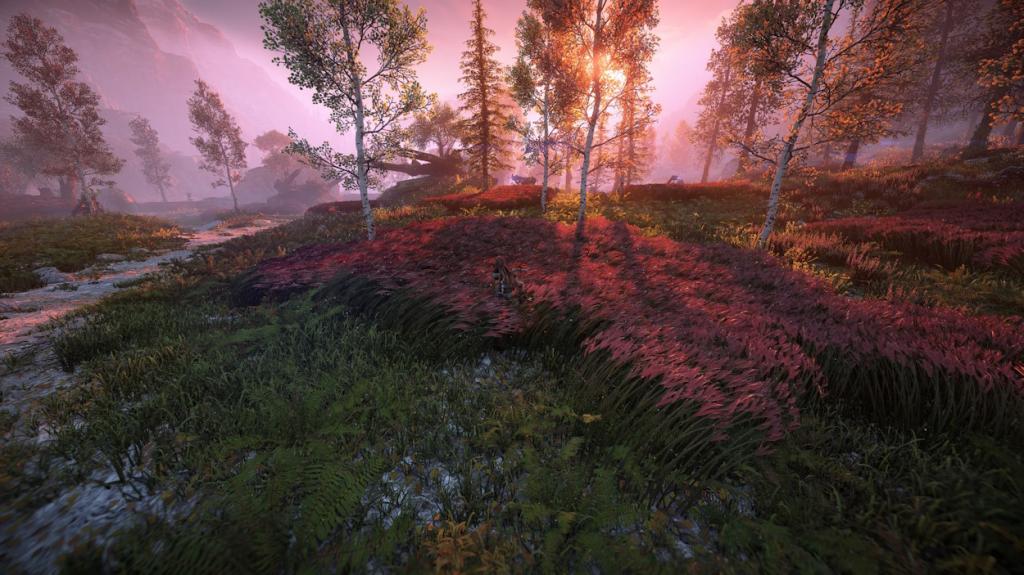
Even if you haven’t played this game before, you would know that the beauty of this game blooms from the ruins of a ravaged earth filled with lush forests, tall grasses, etc. So, the first thing you immediately notice is how the team has refined the foliage to the levels of Forbidden West. Now, the world looks much denser with distinct vegetation for the different biomes you explore.
You will be spending most of the time exploring different regions instead of buildings. Thus, every location you visit along the way is remarkably different from the others, thanks to improved foliage. Not only they have increased the vegetation amount from the original, but the way Aloy interacts with the foliage has been reworked which enhances the realism.
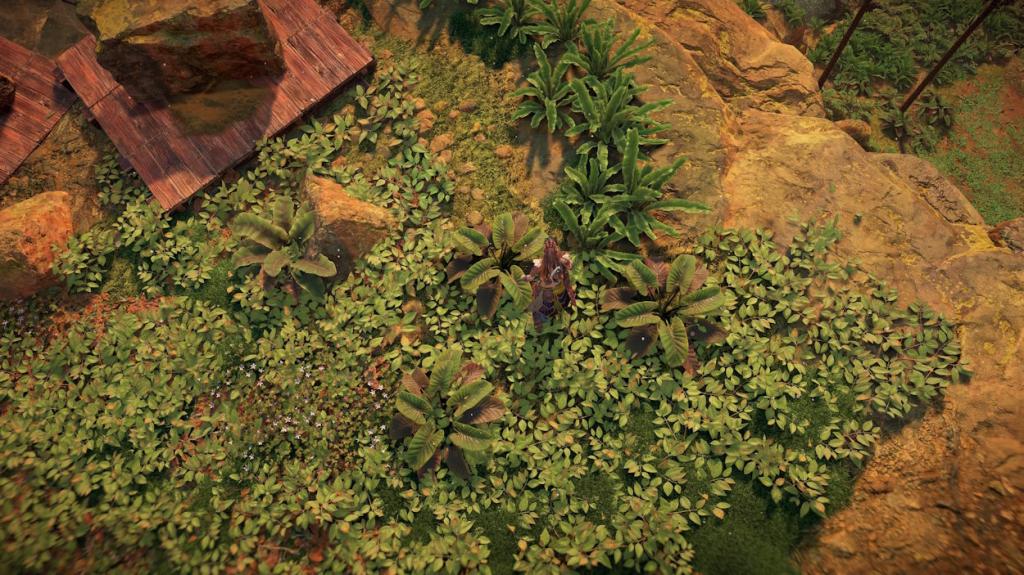
While they have nailed the foliage department, there was a minor worry which the fandom has already pointed out during the announcement. The issue is the neon-greenish vegetation which looks odd in certain places. I remember not having any issues with them in the original and that is why this is worth noting. However, the color palette of the old game (orange tint) has been tweaked a little to suit the vegetation and make a colorful experience.
Character Models
Aloy remains as gorgeous as ever with her hair, peach fuzz, skin tone, and more looking more detailed in line with the sequel game. This level of detail was not just applied to Aloy but to all the character models in the game. All characters have received substantial treatment to become much more realistic and detailed versions of themselves. Also, the way characters react to environmental changes has been brushed up and so adds further realism to the scenes.
Moreover, remember how the conversations in the old game looked a bit abnormal in the original game with the lack of intricate facial expressions? Well, Nixxes has successfully fixed it with 10 hours of additional motion-capture data.
Conversation is one of the primary factors that drives this game and this much-needed change livens them up. The characters with improved facial and body animations are now more expressive than before and convey the intended emotions better. But there were very few instances where the lip sync was missing.
Textures and Lighting

As I made my way out into the other familiar regions such as Meridian, Citadel, etc, I began to notice how the developers had fine-tuned the textures of the terrains and the ancient buildings around by borrowing the assets from the sequel. It may be hard to notice at first but since I’m coming back to this world after playing in a mediocre setup back then, it looked so marvelous from the beginning for me.
Another big change is the completely revamped lighting which is a game-changer in my opinion. The shadows have also been updated and also benefit from the improved lighting. Thus, the shadows of the buildings, trees, and characters are now well-defined. The lighting has significantly improved the game’s atmosphere by enhancing all the light sources you encounter such as light from the machine’s heads, torches illuminating the insides of buildings, the lens flares as you explore in broad daylight, etc.

In the original game, the characters suffered from overshoot lighting resulting in a weird presence. Now, this problem has been successfully eliminated with the overhauled dynamic lighting system which changed the scenes drastically. The characters look so life-like with the right skin tones, thanks to the new lighting. This is much better than the characters’ skin becoming pale in snow or over-tanned in sunlight as seen in the original game.
Water and Reflections
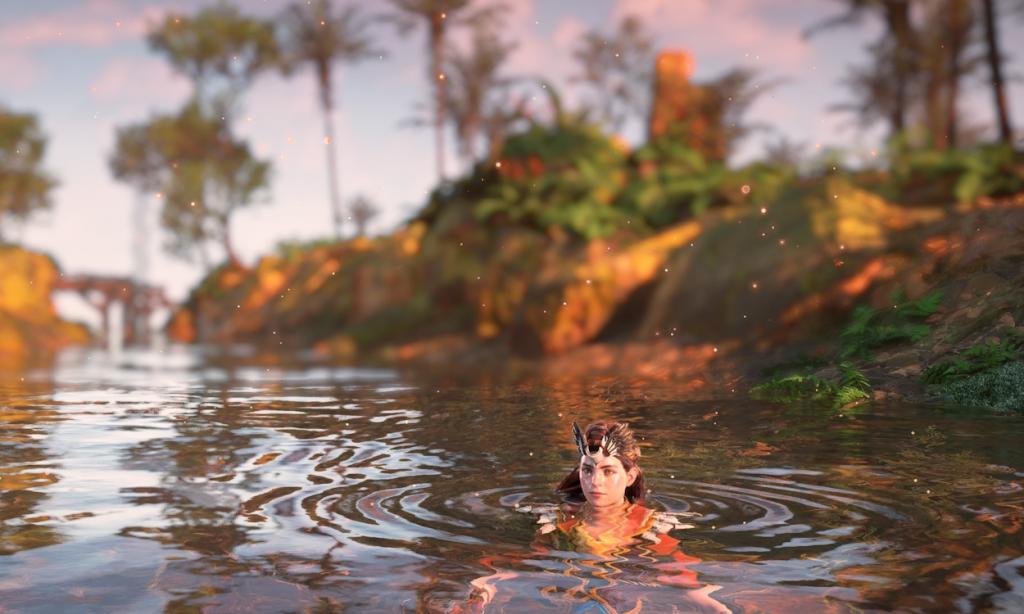
Even though the original game looks stunning to this day, the water isn’t part of the highlights of the game’s visuals. Fortunately, they have been rectified here as the waters look more naturalistic with better water caustics and reflections. In comparison, Forbidden West featured completely detailed water physics and details but this is a welcoming change that gets rid of the sub-par system it had before.
Dual Sense and Audio Improvements
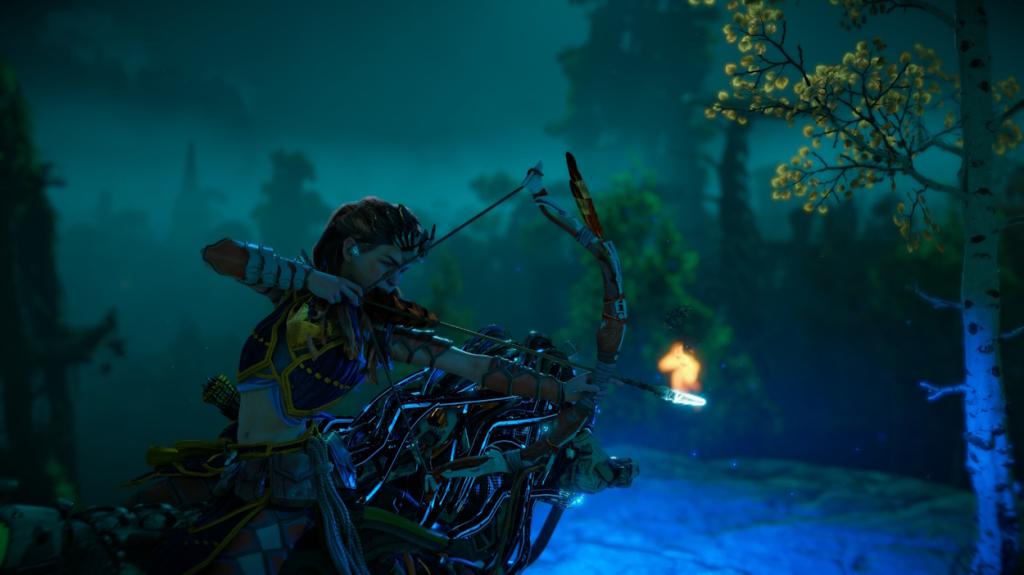
The remastered edition finally brings support to DualSense controllers. Thus, you can make full use of the haptic feedback and adaptive triggers during exploration and in combat. The audio cues are also played from the controller of your speaker such as when using the focus. Overall, the dual sense controller indeed extends the level of immersiveness in the game.
There is one more aspect that Nixxes nailed as well which is the audio department. Just like the visuals, the audio has been reworked including the sound mixes, dialogues, etc to further enhance the immersiveness. Therefore, make sure to grab your headphones or supported speakers to experience all the sounds of each land you visit.
Accessibility Features

In line with the new graphical modes options, the games also come with a lot of accessibility options such as an option to remap control buttons, aim assist with motion, co-pilot, etc. In a nutshell, you get to play with a lot of options which aims to simplify your gameplay. So, make sure to pay a visit to the accessibility section to switch things to your favor.
Horizon Zero Dawn Remastered: Performance
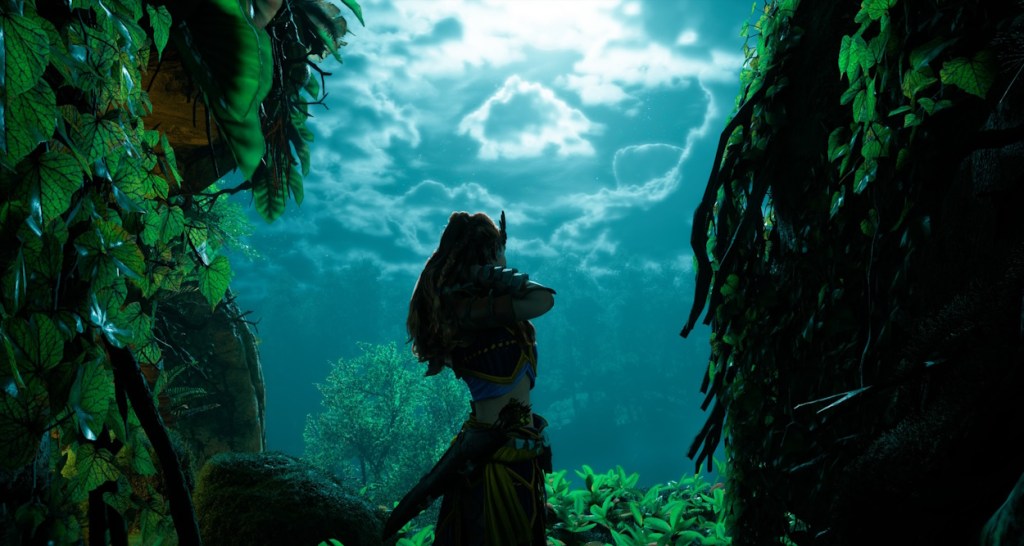
The newly remastered edition of the game is more ravishing than ever, but how well does the game run? I bet this question would have immediately popped into everyone’s mind after watching the stunning gameplay.
Fret not friend, as the game runs velvety smooth in all three modes stutter-free. In case you aren’t aware, you can play the newly remastered version in three different graphics modes, such as ‘Favors Resolution (native 4k/30fps),’ ‘Favors Performance (upscaled to 4k/60fps),’ and ‘Balanced (4K/40fps).’
Note:
The balanced mode is only supported on displays with VRR, so in case you have a TV with 60Hz (like in my case), you have to select either resolution or performance mode.
During my playthrough, I switched between my 4K TV and 2K monitor to test the three different graphics modes and had only minor problems with the review build. During my time with the game, it crashed twice out of the blue, but thankfully the save files saved me from frustration. The other instance is when I found the background of the scenes to be glitching with trees and buildings turning dark when a scene changes during cutscenes, and the shadows also twitched at places during nighttime.
However, as I mentioned earlier, these are very minor visual glitches that can be ironed out with a patch during the game’s release. The visuals are alluring in 4K resolution mode, but I’m a 60 FPS guy. Therefore, I suggest you go with the performance mode to enjoy the sightly locations of the horizon-verse and also experience the smoothness in Aloy’s combat against the menacing machines.
Verdict: Is the Remastered Edition Worth It?
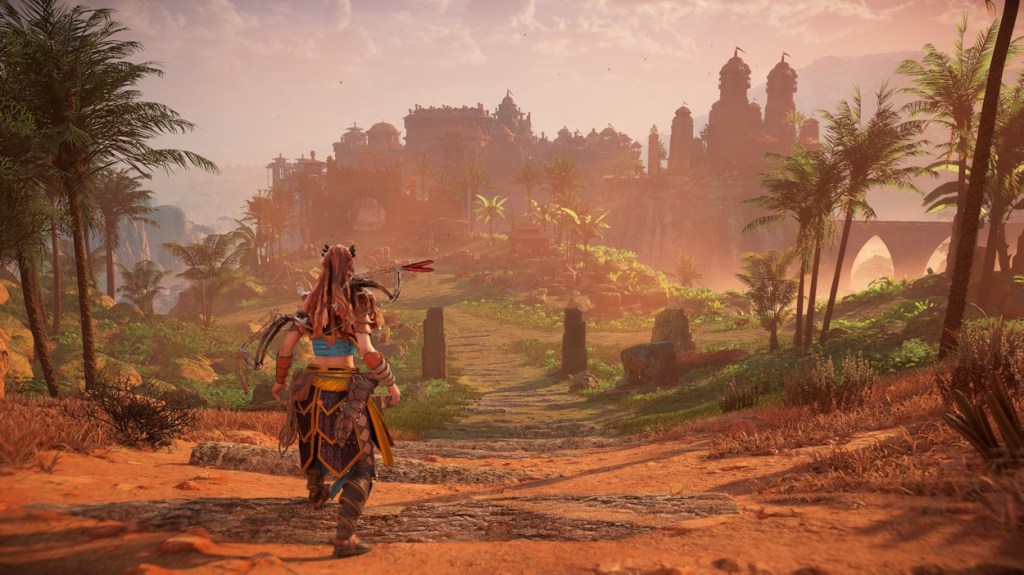
So, after hearing my thoughts about the game’s changes, is it still worth upgrading to the remastered edition of Horizon Zero Dawn? A big yes! When the remastered version was announced I was very dubious about it as everyone knows how beautiful the original game looks to this day. Thus, I also started to question whether this remastered edition is a necessary one at this time. However, after experiencing nearly 20 hours of the remastered game, I had an epiphany!
It’s clearly not a gimmick as Studio Nixxes has poured meticulous time and care into enriching the world of Horizon. In this way, the game is now more appealing for both newcomers and longtime fans returning to revisit Aloy’s debut adventure. If you are looking for a stark contrast between the original and the remastered edition then the answer is no. However, the remaster is fully equipped with the well-deserved upgrades it screamed for after all these years.
Studio Nixxes’ painstaking effort in elevating all the departments of the game deserves appreciation. They have done more than enough to justify the $10 price tag. It doesn’t bring new game content to the table unlike The Last of Us 2 did. The game still feels old-fashioned with its clunky mechanics and outdated mission design. Nevertheless, if you still want to experience the sci-fi saga of the first Horizon game or want to replay it again, I would recommend the remastered edition over the original for its refinement of the audio and visuals.